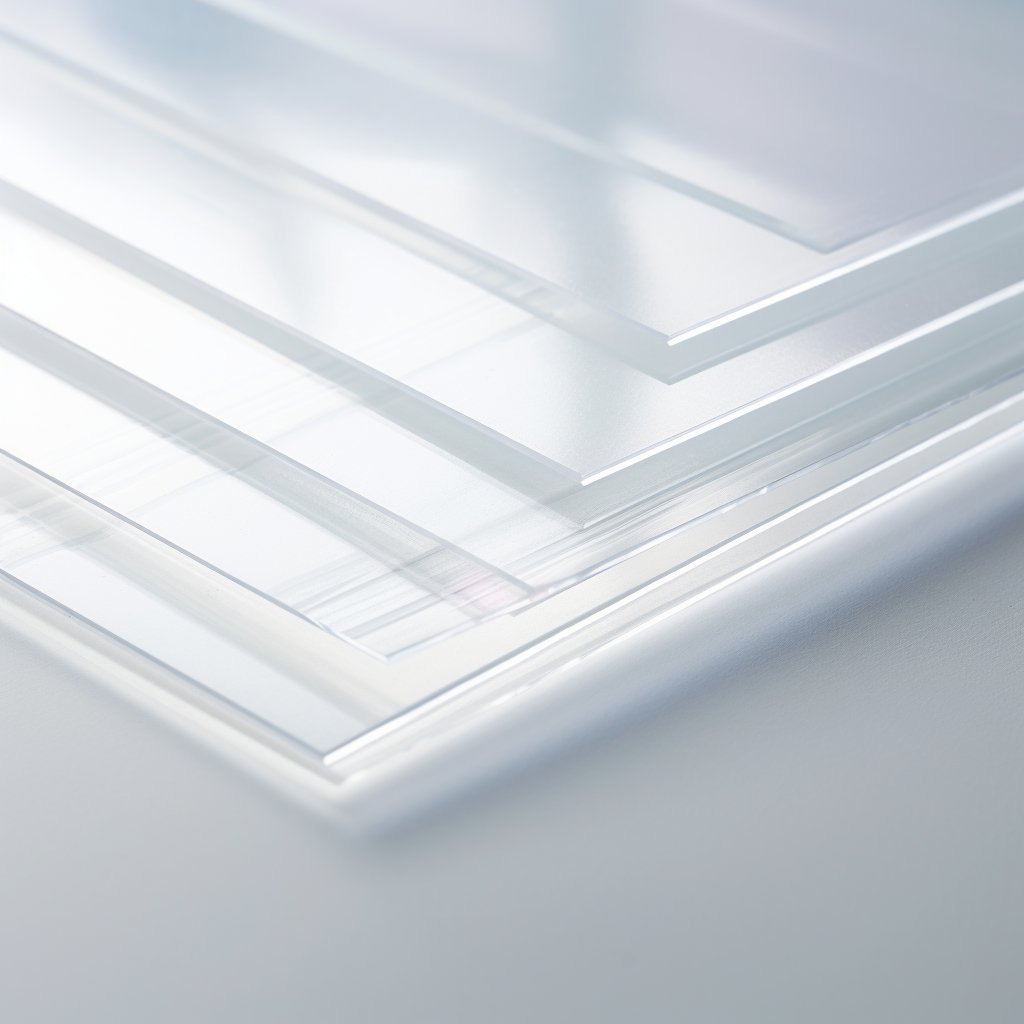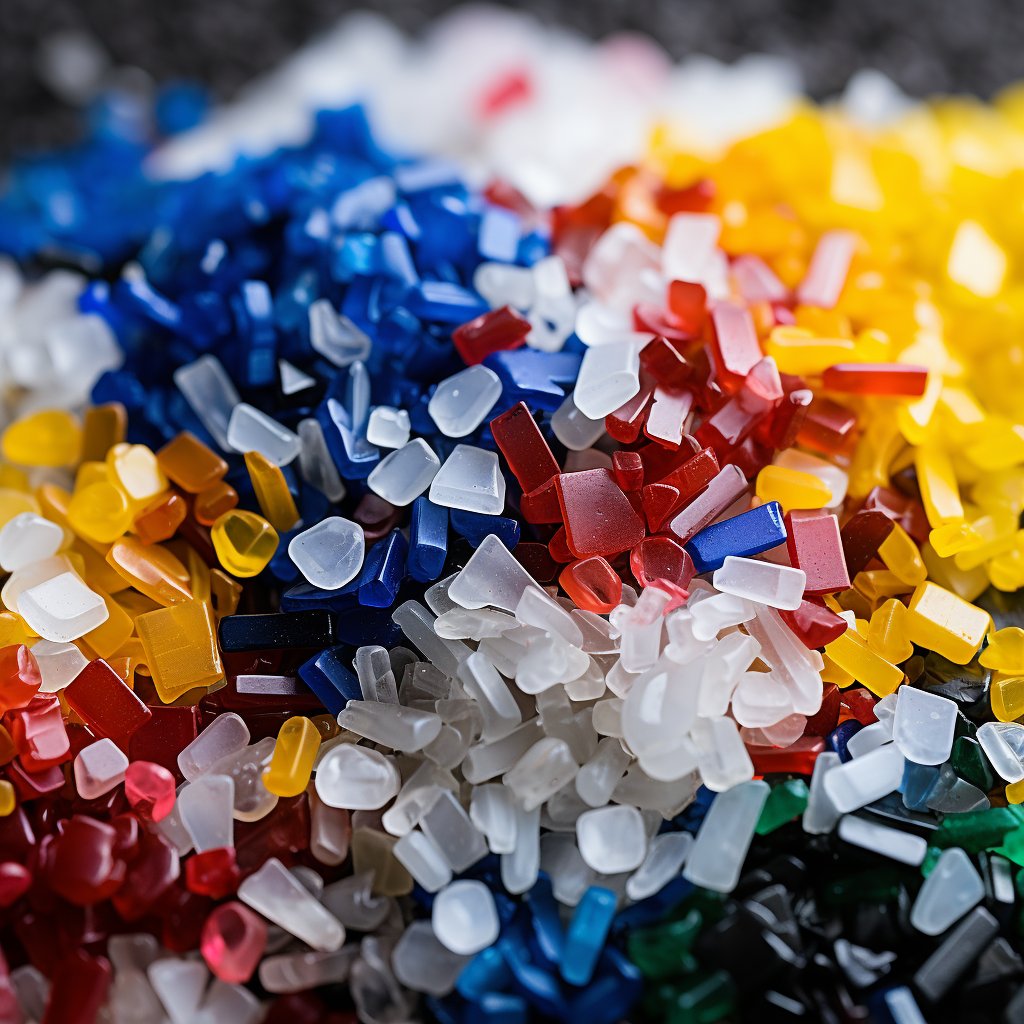Fibreglass is a reinforced plastic material that has gained popularity in the plastics industry. It is made up of fine glass fibres woven into a fabric-like pattern, which is then bonded together with a resin. The result is a lightweight, strong and durable material that is used in a variety of industrial and consumer applications.
Fibreglass was first developed in the 1930s by a researcher named Russell Games Slayter, who was trying to find a replacement for asbestos. It was first used in the aerospace industry, as it was lightweight and strong enough to be used in aircraft parts. In the 1950s, Fibreglass became more widely used in the automotive industry, as car manufacturers began to use it to make body parts.
Fibreglass is a ubiquitous material that is used in a wide range of applications, from construction and transportation to consumer products and renewable energy. It is a composite material made from glass fibres and polymer resin, known for its strength, durability, and versatility. However, as with many materials, the production and disposal of Fibreglass can have negative environmental impacts.

What is Fibreglass?
Fibreglass is a composite material made from fine glass fibres and a polymer resin. The glass fibres are usually made from silica, a naturally occurring mineral, and are heated to a high temperature to create strands of fibre. These strands are then woven into a fabric-like pattern and coated with a resin to form a strong and durable material.
Properties of Fibreglass:
Fibreglass has several properties that make it an ideal material for use in a variety of applications. It is lightweight, yet strong and durable, making it suitable for use in products that need to withstand harsh conditions. It is also non-corrosive, non-conductive and resistant to chemicals and fire.
Industrial Usage of Fibreglass:
Fibreglass is used in a variety of industrial applications, including construction, transportation, marine and aerospace industries. In construction, it is used to reinforce concrete and make insulation. In transportation, it is used to make lightweight and strong parts for cars, trucks, boats and airplanes. In the marine industry, it is used to make boat hulls and other water-resistant parts. In aerospace, it is used to make aircraft parts such as wings and fuselages.
Application Areas of Fibreglass:
Fibreglass has a wide range of application areas due to its unique properties. It is used in the construction industry to make insulation, roofing, siding, and reinforcing concrete. In the automotive industry, it is used to make car bodies, bumpers, and fenders. It is also used in the manufacturing of sporting goods, such as kayaks, canoes, and golf clubs. In the marine industry, it is used to make boat hulls, decks, and other water-resistant parts. It is also used in the wind energy industry to make blades for wind turbines.
Consumer Product Examples:
Fibreglass is used in a variety of consumer products, including shower stalls, bathtubs, hot tubs, and swimming pools. It is also used to make surfboards, skateboards, and snowboards. Fibreglass is also used in the manufacturing of household appliances such as refrigerators, ovens and washing machines.
Advantages and Disadvantages of Fibreglass Compared to Alternative Plastics:
Advantages:
- Strength and Durability: Fibreglass is known for its strength and durability, making it an ideal material for products that need to withstand harsh conditions.
- Lightweight: Despite its strength, Fibreglass is lightweight, making it an excellent choice for products that need to be transported or moved around.
- Versatility: Fibreglass can be moulded into almost any shape, making it suitable for a wide range of applications.
- Non-Corrosive: Fibreglass is non-corrosive, which means that it can withstand exposure to water, chemicals and other corrosive substances without deteriorating.
- Non-Conductive: Fibreglass is an excellent electrical insulator, which makes it suitable for use in electrical applications.
Disadvantages:
- Brittleness: Fibreglass can be brittle, which means that it can crack or break under certain conditions.
- Manufacturing Complexity: The manufacturing process for Fibreglass can be complex and requires specialised equipment and expertise.
- Environmental Concerns: Fibreglass production can generate harmful byproducts and waste that can be difficult to dispose of properly.
Recycling of Fibreglass:
Recycling Fibreglass can be challenging due to its complex manufacturing process and the difficulty in separating the glass fibres from the polymer resin. However, there are some recycling programs in place that are working to address this issue. One of the most common methods of recycling Fibreglass is to grind it down into a fine powder and use it as a filler material in other products.
Fibreglass is a durable material that can last for many years, but when it does eventually reach the end of its life cycle, it can be recycled. Fibreglass recycling is a complex process that involves separating the glass fibers from the polymer resin.
Process:
The Fibreglass recycling process typically involves the following steps:
- Collection: Fibreglass waste is collected from various sources, such as construction sites, manufacturing plants, and end-of-life products.
- Sorting: The Fibreglass waste is sorted to remove any contaminants, such as metal or wood.
- Grinding: The Fibreglass waste is ground down into small pieces or powder.
- Separation: The glass fibres are separated from the polymer resin using a combination of mechanical and chemical processes.
- Purification: The glass fibres are purified to remove any impurities and prepare them for reuse.
- Reprocessing: The glass fibres are then combined with new polymer resin and moulded into new products.
Advantages:
- Resource Conservation: Recycling Fibreglass conserves natural resources by reducing the need for new raw materials.
- Reduced Landfill Waste: Recycling Fibreglass reduces the amount of waste sent to landfills, which helps to reduce the environmental impact of waste disposal.
- Energy Conservation: Recycling Fibreglass requires less energy than producing new Fibreglass products, which reduces greenhouse gas emissions.
Disadvantages:
- Complexity: Fibreglass recycling is a complex and costly process, requiring specialised equipment and expertise.
- Limited Market: There is a limited market for recycled Fibreglass, which can limit the economic viability of recycling programs.
- Environmental Concerns: The recycling process can generate waste and emissions that can have negative environmental impacts.
Environmental and Global Impact:
The environmental impact of Fibreglass recycling depends on several factors, including the energy source used to power the recycling process, the efficiency of the process, and the disposal of any waste generated. Globally, Fibreglass production and disposal contribute to carbon emissions and landfill waste, which can have negative environmental impacts. However, recycling Fibreglass can help to mitigate these impacts by reducing the demand for new raw materials and reducing waste. As more countries and industries prioritise sustainability, Fibreglass recycling is likely to become an increasingly important part of the global waste management and materials economy.
Market Price Developments:
The market price of Fibreglass can vary depending on several factors, including the demand for the material, the cost of raw materials and the complexity of the manufacturing process. In recent years, the market price of Fibreglass has been relatively stable, with some fluctuations due to changes in the global economy and supply chain disruptions.
Future Market Prognosis:
The future of the Fibreglass market looks promising, with increasing demand expected in several industries, including construction, transportation, and renewable energy. The development of new and innovative applications for Fibreglass, such as in the medical and sports industries, is also likely to drive demand in the future. However, concerns around environmental sustainability and recycling may also impact the future growth of the Fibreglass market, as consumers and manufacturers increasingly prioritize environmentally friendly materials and production processes.
Fibreglass
Fibreglass is a versatile and durable material that has been widely adopted across various industries. Its unique properties make it an ideal material for use in a variety of applications. From construction to transportation, marine, aerospace and even consumer products, Fibreglass has become an essential component in the manufacturing of many products. As technology advances and new applications for Fibreglass are discovered, it will continue to be an important material in the plastics industry.






